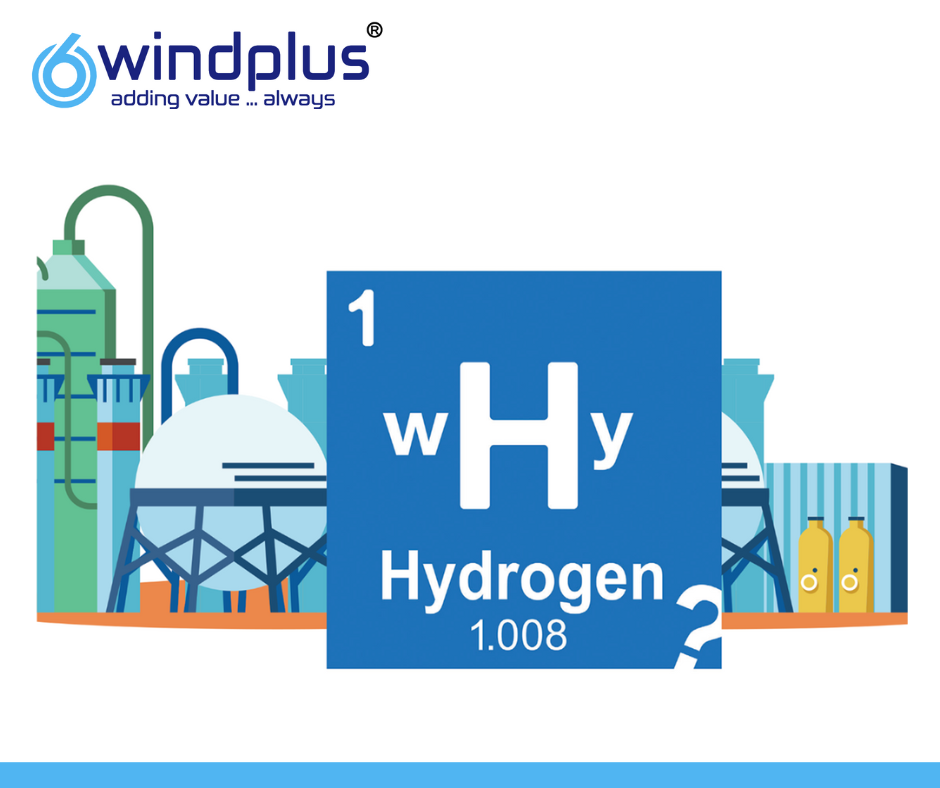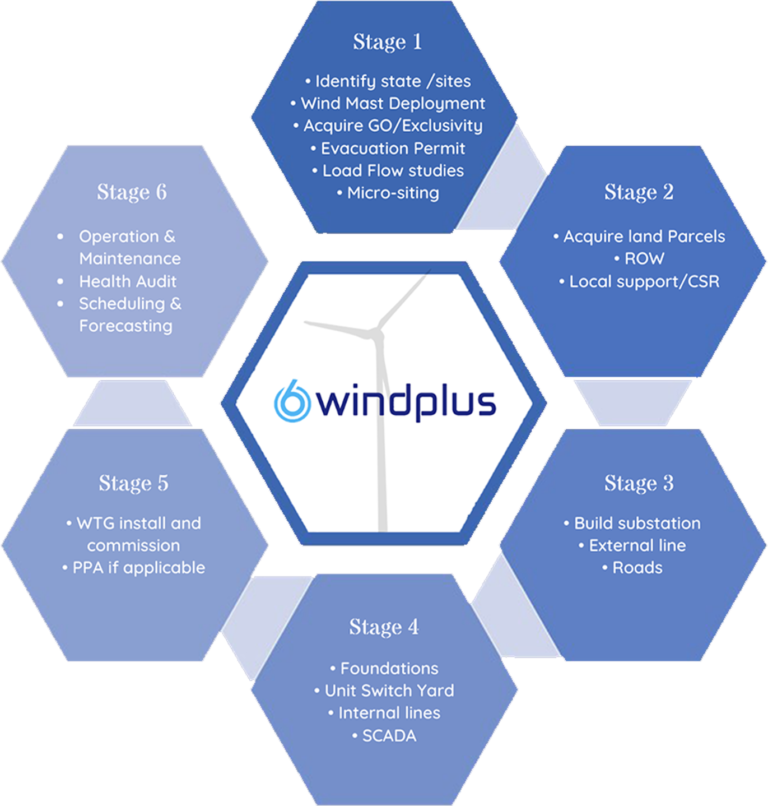Though hydrogen is the most abundant molecule in the universe, it typically is not available in free form. It is almost always bound up in water molecules or hydrocarbons. Right now, industry either adds heat to water and methane (a process called steam reforming) or adds electricity to water (in electrolysis) to unbind the hydrogen to make pure H2.
Hydrogen is the fuel of the future, however it is imperative to note that it is not the production of hydrogen which is the challenge, but the production of green hydrogen. The usage of hydrogen will not only help us in achieving our emissions goals under the Paris Agreement, but will also reduce import dependency of fossil fuels.

Hydrogen is primarily used in petrochemicals and fertiliser industry and is produced largely from natural gas, thereby emitting enormous amount of carbon dioxide. Depending on the nature of the method of its extraction, hydrogen is categorised into three categories, namely, grey, blue and green.There is growing focus on increasing production of green and blue hydrogen due to its no carbon emission and use of carbon offset technology, respectively.
Additionally, several leading organizations are exploring technologies which can convert bio and plastic waste into hydrogen, thereby providing a huge scope for investment in this technology which can combat India’s twin problems of waste management and energy security.
Hydrogen Market in India :

The India hydrogen market was valued at $50 million in 2017, and is projected to reach $81 million by 2025, growing at a CAGR of 6.3% from 2018 to 2025.
The India hydrogen market based on delivery mode, technology, end user, and region. By delivery mode, the market is divided into captive and merchant. On the basis of technology, the market is categorized into steam methane reforming, partial oxidation of oil, coal gasification, methanol reforming, ammonia cracking, and electrolysis of water. Considering the end user, the market is classified into chemical, petroleum refining, metal processing, glass industry, edible fats and oils, energy, and others. Region-wise, it is analysed across North India, South India, Western India, and East India.
With declining costs for solar PV and wind generation, building electrolysers at locations with excellent renewable resource conditions could become a low-cost supply option for hydrogen, even after taking into account the transmission and distribution costs of transporting hydrogen from (often remote) renewables locations to the end-users.
India is targeting approximately one million tonnes of green hydrogen production every year by 2030.

Various applications of Hydrogen:
- Hydrogen use today is dominated by industry, namely: oil refining, ammonia production, methanol production and steel production. Virtually all of this hydrogen is supplied using fossil fuels, so there is significant potential for emissions reductions from clean hydrogen.
- In transport, the competitiveness of hydrogen fuel cell cars depends on fuel cell costs and refuelling stations while for trucks the priority is to reduce the delivered price of hydrogen. Shipping and aviation have limited low-carbon fuel options available and represent an opportunity for hydrogen-based fuels.
- In buildings, hydrogen could be blended into existing natural gas networks, with the highest potential in multifamily and commercial buildings, particularly in dense cities while longer-term prospects could include the direct use of hydrogen in hydrogen boilers or fuel cells.
- In power generation, hydrogen is one of the leading options for storing renewable energy, and hydrogen and ammonia can be used in gas turbines to increase power system flexibility. Ammonia could also be used in coal-fired power plants to reduce emissions.









